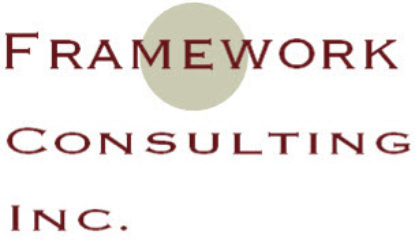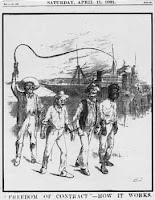 Issue 10.0
Issue 10.0
|
We sent you this digest because we believe you have an interest in these topics. Please PASS IT ON to others of like mind. If we are incorrect, please send us email at newsletter@fwconsulting.com, or follow the directions at the end to be automatically unsubscribed. |
||
|
Links Getting Things Done (time management): If there is one common area that professionals everywhere must continue to master, it is time management. This site, based on the book by David Allen, is the best resource on the web, and the perfect compliment to his book by the same name. Google (Blog/News) Reader (web service): If you are a heavy blog reader, then it’s time you stopped skipping from one blog to another to find out whether anything new has been added. Google’s reader picks up the latest entries and puts them all in one place, saving you time and effor. While you’re at it, add in our company blog to get the region’s latest ideas for running your business. CANA News Agency(online news service): For regional news that is timely and far-reaching, this source can be viewed as an RSS feed — by the same Google Reader described above. YouTube.com (Framework video): This link will take you my own bio — which is not the point — but it has a video introduction at the bottom of the page that demonstrates the power of YouTube by example. I love how easy it is to use, and the world it opens up. Coming up soon: a full speech on techniques for Caribbean networking. |
Also of Interest More Depth? To subscribe to FirstCuts, Visit our homepage and sign-up at the bottom of the page.
|
|
| Did you miss the Framework blog discussion? A Caribbean Approach to Time Management: we are developing it, and we are sharing the content as we go along — warts and all. Add a comment and tell us what you think. |
||
About This E-mailThe Framework One-Page Digest is produced monthly by Francis Wade of Framework Consulting, Inc. and is intended to provide E-level managers with a reliable source of new ideas for managing Caribbean companies. To join the mail list, visit http://urlcut.com/digest and follow the instructions to subscribe to FrameworkDigest, source of the One Page Digest. Past issues can also be found at http://urlcut.com/digesthome. |
|
You are receiving this mailing because you are listed as a friend of Framework Consulting. To remove yourself from this mailing, send email to newsletter@fwconsulting.com with the words REMOVE in the subject line. To ensure delivery, add fwconsulting.com to your address book as an approved sender. Framework Consulting Inc, 3389 Sheridan Street #434, Hollywood FL 33021 |







